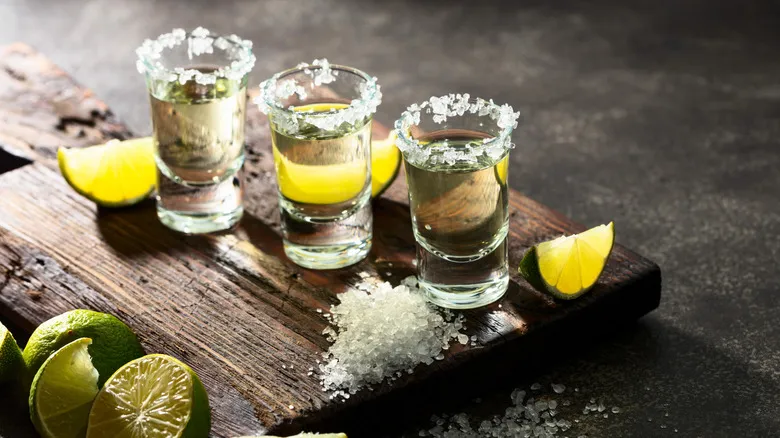How DIY vodka filtration works

Activated carbon water filtration systems, such as those offered by the well-known brand Brita, are engineered to eliminate contaminants including heavy metals, sediment, and chemicals like chlorine. The effectiveness of activated carbon in trapping and absorbing these impurities is attributed to its extensive internal surface area.
Vodka, typically produced from fermented grains (often not potatoes, despite popular belief), varies in quality—and consequently in price—depending on the caliber of ingredients and the thoroughness of the distillation process. During fermentation, impurities known as congeners are generated, which include other alcohols like methanol and propanol, as well as undesirable compounds such as acetaldehyde. While distillation aims to eliminate these impurities, some trace amounts inevitably remain, and lower-quality vodkas tend to contain a higher concentration of them.
Following distillation, the vodka production process includes filtration, which is where your home filter comes into play. However, it's important to note that carbon filtration is designed to remove water impurities rather than congeners. Research indicates that the key distinction between premium and budget vodkas lies in the quality of distillation rather than filtration.
That said, you may still observe some improvement with the appropriate type of congeners and filter. Goldstein suggests that "two to three passes are usually sufficient to notice a difference in the taste and mouthfeel of the spirit." Avoid exceeding four passes, as this could lead to "losing the subtle flavors that distinguish various vodkas." Ultimately, if you're seeking a smoother vodka, it's advisable to choose a brand that undergoes more distillation rounds, such as Tito's, rather than relying solely on at-home filtration.
Recommended

The Liquor That Travels Around The World To Age

Why Is Tequila Typically Served With Salt And A Lime?

The Sweet And Savory Addition That Upgrades Your Whiskey Sour

How To Make The Classic Lemon Drop Shot
Next up

